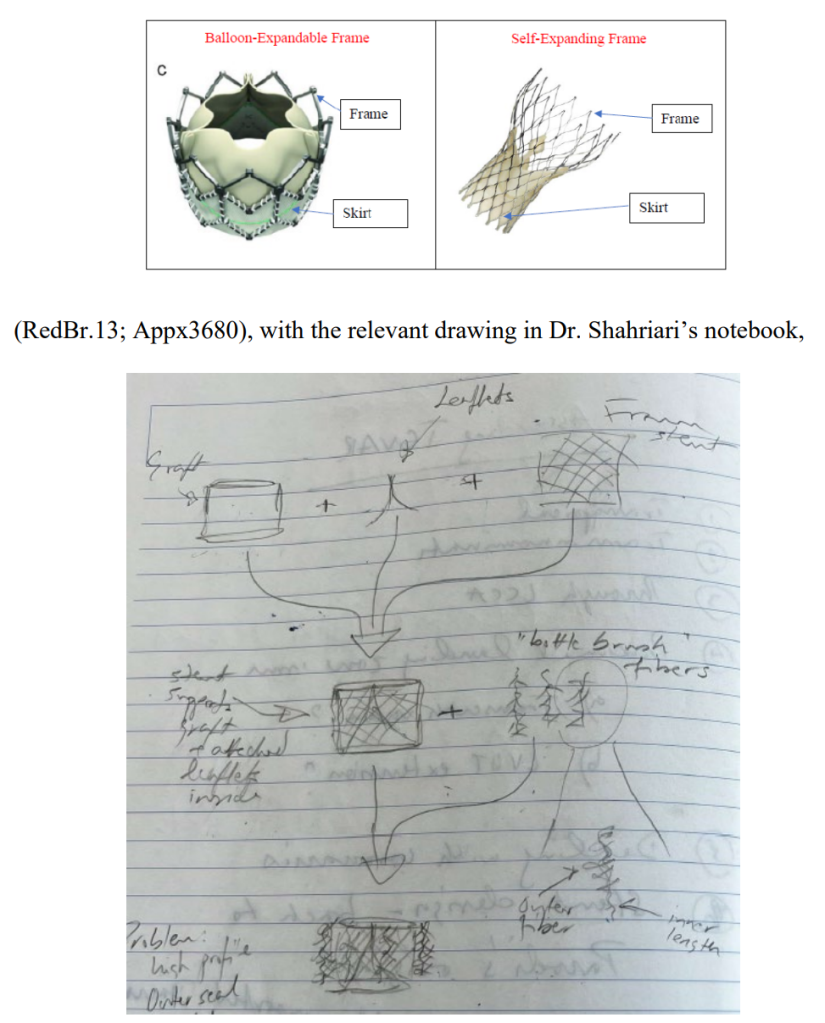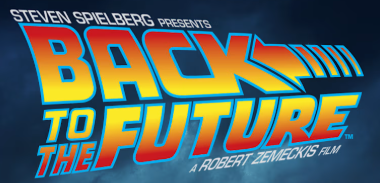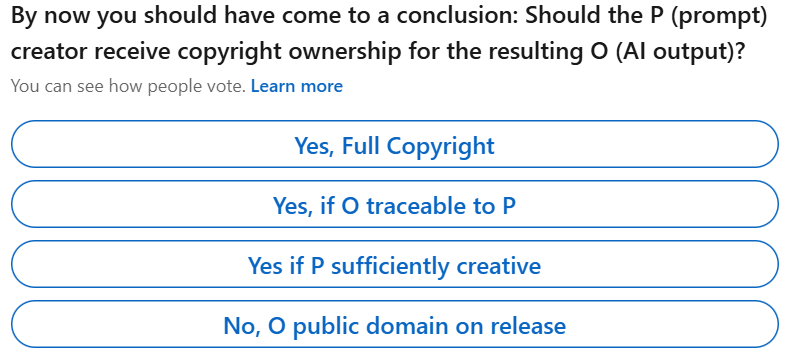by Dennis Crouch
The Federal Circuit's recent decision in Aortic Innovations LLC v. Edwards Lifesciences Corporation, No. 2024-1145 (Fed. Cir. Oct. 27, 2025) is a bit of a cautionary tale for patent drafters. It is essentially the difference between careful writing and careful patent writing.
Writing vs Patent Writing: When I write a blog post, I try to use varied vocabulary and synonyms to create more engaging and nuanced text. This is also helpful for rounding out context and characters. But, that approach is in direct conflict with the precision that is sometimes needed for patent claiming where consistent terminology provides clarity and varied usage can create unintended limitations. In this case, the court affirmed a claim construction narrowing "outer frame" to mean "self-expanding frame" based on the specification's interchangeable use of these terms.
Aortic Innovations asserted patents are directed to transcatheter aortic valve replacement devices. The patents claimed dual-frame configurations with an "outer frame" and an "inner frame" working together. The district court construed "outer frame" to mean "self-expanding frame" (a frame using shape-memory material that springs back to expanded form) rather than its seemingly broader plain meaning that might encompass both self-expanding and balloon-expandable frames (frames requiring balloon inflation to expand). Based on this construction, the parties stipulated to non-infringement.

The Federal Circuit's analysis turned on whether the specification's use of terminology constituted implicit lexicography that redefined "outer frame" to require self-expansion. Under Federal Circuit precedent, a patentee can act as lexicographer by explicitly defining claim terms in the specification or by an implicit definition. Although the Federal Circuit describes this standard as quite strict (requiring a definition ‘so clear’ that it equals an explicit one), the Aortic court illustrates how that threshold can be satisfied quite easily in practice.
To continue reading, become a Patently-O member. Already a member? Simply log in to access the full post.




